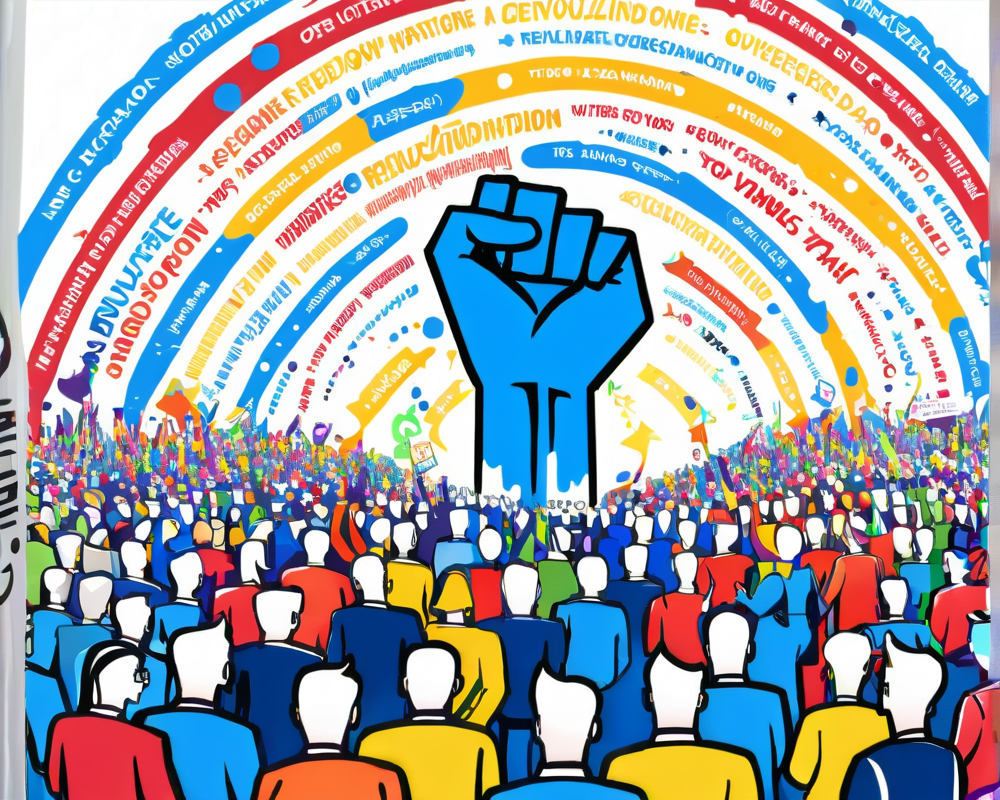Introduction to DAO Voting Schemes
Decentralized Autonomous Organizations (DAOs) and their voting schemes have been a hot topic lately, especially as they define governance in the digital age. Researchers from the Singapore University of Social Sciences recently took a closer look at existing voting methods used in DAOs, and let’s just say, they found quite a mixed bag of pros and cons.
Current Voting Techniques: A Deep Dive
The research team evaluated eight distinct voting techniques currently in use, each boasting unique strengths and some serious shortcomings. Here’s a quick rundown of what they analyzed:
- Token-based Quorum Voting: Requires a specific number of tokens to vote, raising questions about accessibility.
- Quadratic Voting: Allows individuals to weigh in more heavily on issues they care about, but at a cost.
- Weighted and Reputation-based Voting: Focuses on reputation, yet can lead to unequal voter power dynamics.
- Knowledge-extractable Voting: Rewards informed voting but may discourage general voter participation.
- Multisig Voting: Requires multiple signatures for approval, adding security but also bureaucracy.
- Holographic Consensus: A fancy term that the researchers found to be quite effective, although not bulletproof.
- Conviction Voting: Great for gauging long-term support, but oh boy, it’s slow.
- Rage-quitting Voting: The wild card that lets people exit when they’re unhappy, which can lead to rash decisions.
The Efficiency Rating System
To quantify the qualities of these schemes, the researchers took a stab at defining five key vectors: efficiency, fairness, scalability, robustness, and incentive schemes. It was like a voting flavor contest, but much less tasty.
The Cream of the Crop: Holographic Consensus
The standout performer? You guessed it: holographic consensus! With high scores across most categories except robustness, this method seems to be the golden child of DAO governance, at least until further notice. But don’t go throwing a party yet; the issues with robustness are enough to keep the cake on the counter for now.
A New Hope: Hypothetical Mechanism Proposal
With their analysis in hand, the researchers didn’t just stop at criticism. Oh no, they went back to the drawing board, or perhaps their favorite coffee shop, to create a new hypothetical voting model designed to be both decentralized and permissionless. Their secret sauce? A blend of acceleration and a “holographic mechanism” to make conviction voting zippier than a squirrel on espresso.
They’ve introduced a blind betting mechanic, letting members wager tokens on whether a proposal will pass or not. Depending on the outcome, proposals can either zoom ahead or hit the brakes. Essentially, it’s like making bets at the racetrack, but you’re betting on your DAOs instead, which is way less messy.
Incentives and Future Implementation
What’s more interesting is the proposed incentive paradigm. If you wager “veto,” and the proposal passes anyhow, say goodbye to your tokens! But if you back the proposal and it fails, you just might find yourself smiling, tokens still intact. It’s designed to get members thinking long and hard about their proposals, curbing impulse decisions that could lead to disaster.
To wrap it up, the researchers claim their design is a vast improvement over the current lineup of voting schemes. But – and it’s a big “but” – they acknowledge that it’s not the holy grail of governance either. There are kinks to work out, and they hope to spur creative designs that could revolutionize voting in the realm of DAOs.




